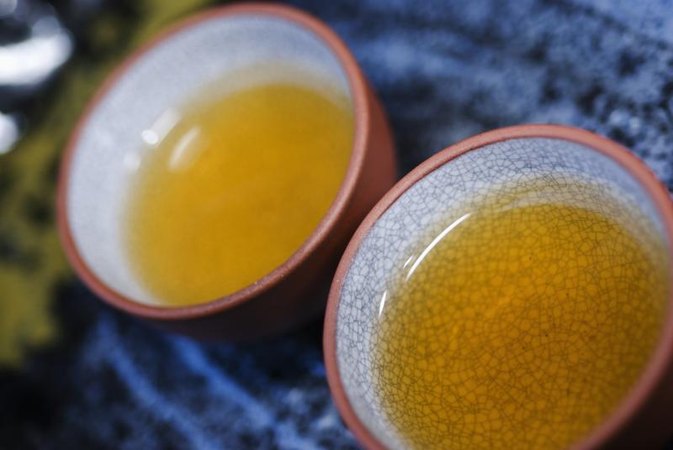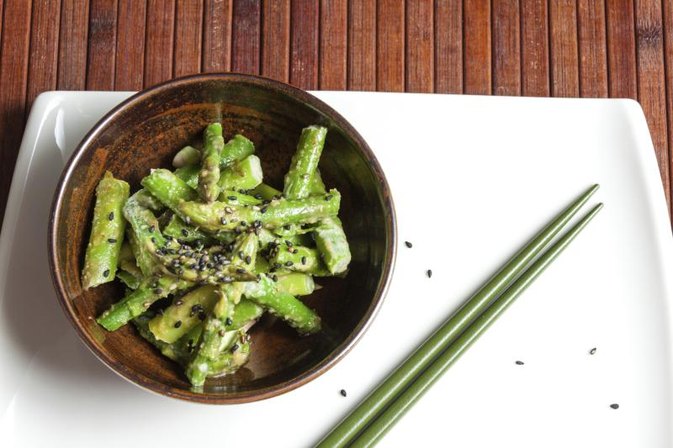
PHOTOGRAPH COURTESY OF VEGETARIAN VENTURE

Split peas might not be trendy like chickpeas, and they don’t show up in nearly as many recipes as lentils, white beans, or black beans. But they’re delicious in The Mostly Vegan‘s simple split pea soup with onions, carrots, and potatoes. And with an amazing 16g fiber and 16g protein per cooked cup of peas, they will keep you full all day long.

Most recipes for the Tuscan soup ribollita are more vegetables and bread than cannellini beans—making them great for an appetizer, but not for an actual meal. Feasting at Home‘s version is big on the beans, so it’s way more substantial. And a drizzle of rosemary lemon garlic oil makes it taste extra special. (Try one of these 10 slimming soups that still satisfy.)

A cup of cooked lentils serves up a whopping 16g fiber and 18g protein. But if you’re bored with your usual lentil soup, try Café Johnsonia‘s Thai-inspired version. It’s loaded with warming spices like ginger and curry powder, and gets a rich, velvety texture from full-fat coconut milk. (Follow these tips to sneak more fiber into your diet.)

A generous amount of white beans isn’t the only thing that makes Vegetarian Venture‘s chili stick-to-your-ribs delicious. It’s also got two cups of whole milk, which won’t just help you stay full (thanks, protein and fat!). Full-fat dairy products might also keep you leaner, suggests Journal of Nutrition research.

Yup, chickpeas are good for way more than just hummus and salads. They’re downright delicious in this North African-inspired soup loaded with tomatoes, cumin, paprika, cilantro, and fiery harissa, says Alexandra Cooks. And at 13g fiber and 14g per cooked cup, they’ll stay with you for hours after your meal.

What’s the secret to making creamy broccoli soup without the cream? Pureed white beans, says With Food and Love. Not only do they bring the calorie count way down, they load your soup up with protein and fiber so you stay full for the long haul. Smart, right?
The article 6 Hearty Bean Soups That Will Keep You Full For Hours originally appeared on Prevention.
Organic products are available to purchase at SFMart.com

























